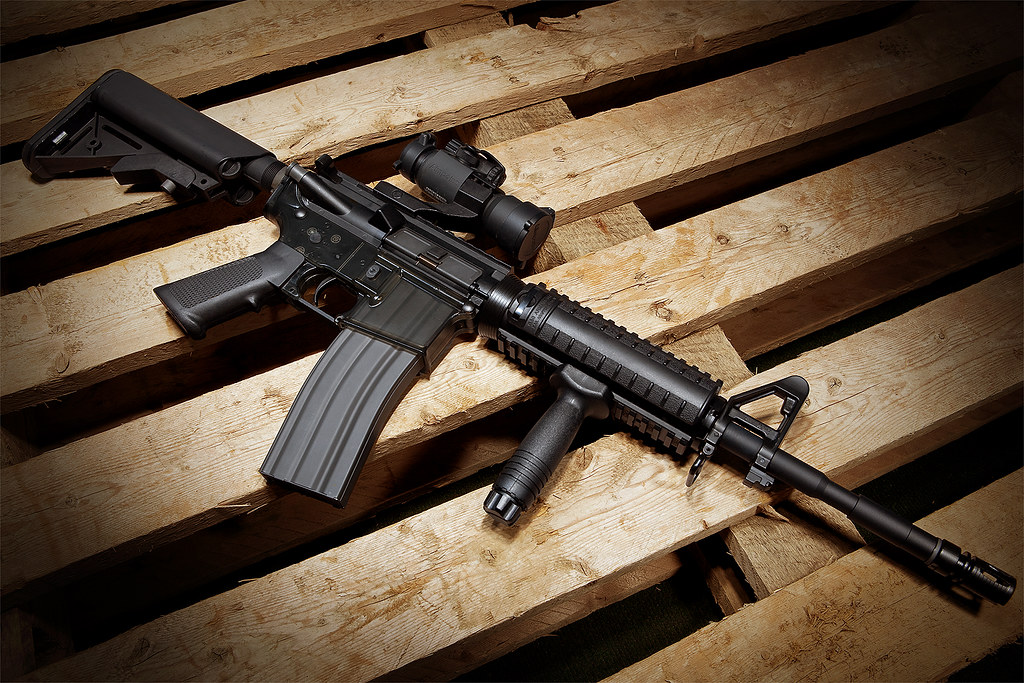
Since the dawn of firearm technology, there has always been a push towards greater efficiency and adaptability. This drive is encapsulated in the evolution of the carbine, a weapon that strikes a balance between portability and firepower, making it an enduring choice in modern military, law enforcement, and civilian contexts.

At the heart of the debate between carbines and rifles lies a question of barrel length and handling. A rifle typically boasts a barrel longer than 20 inches, designed for accuracy and performance over long distances.

On the flip side, a carbine, with its barrel generally shorter than 20 inches, is prized for its maneuverability and ease of use in close-quarters situations. The term “carbine” is derived from the French “carabinier,” indicating a mounted rifleman, and has historical roots stretching back to the Battle of Neerwinden in 1693.
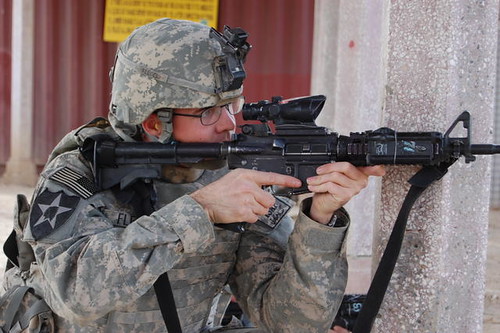
In the 19th century, as armies began using rifled barrels, there was a demand for carbines in the cavalry. One such example is the Spencer carbine, a repeating rifle that the Union cavalry utilized effectively in battle.

During WWII, the U.S. introduced the M1 Carbine for officers and troops handling tasks such as loading artillery pieces.

The modern military context has seen carbines like the M4 gain popularity due to their suitability for close-quarters combat. With a standard barrel length of 14.5 inches in military use, the M4 exemplifies the typical carbine’s capacity for quick handling without sacrificing too much in terms of firepower.
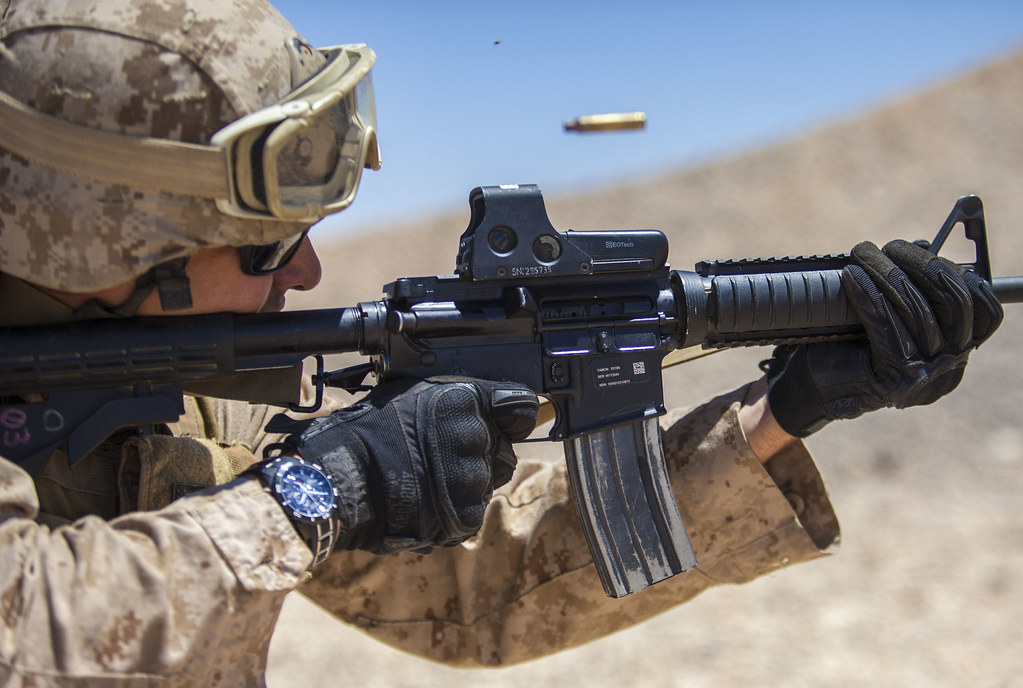
Pistol caliber carbines (PCCs) represent a subcategory of carbines, firing pistol cartridges and known for control and reduced recoil.

They trace their origins to the American Wild West, where a commonality of ammunition between a lightweight rifle and a sidearm offered logistical advantages.

Today, PCCs often take on the form of civilian versions of submachine guns, adhering to regulations like the National Firearms Act (NFA), which imposes restrictions on rifles with barrels shorter than 16 inches, classifying them as Short Barreled Rifles (SBRs).

An enthusiast’s choice between a carbine and a rifle depends on factors like intended usage and personal preference for handling characteristics.

A carbine’s lightweight, compact form factor is beneficial for activities that involve frequent movement or operating in constrained environments.

Conversely, rifles, especially those designed for precision shooting, are better suited for engagements over longer distances, where their longer barrels allow for increased muzzle velocity and accuracy.
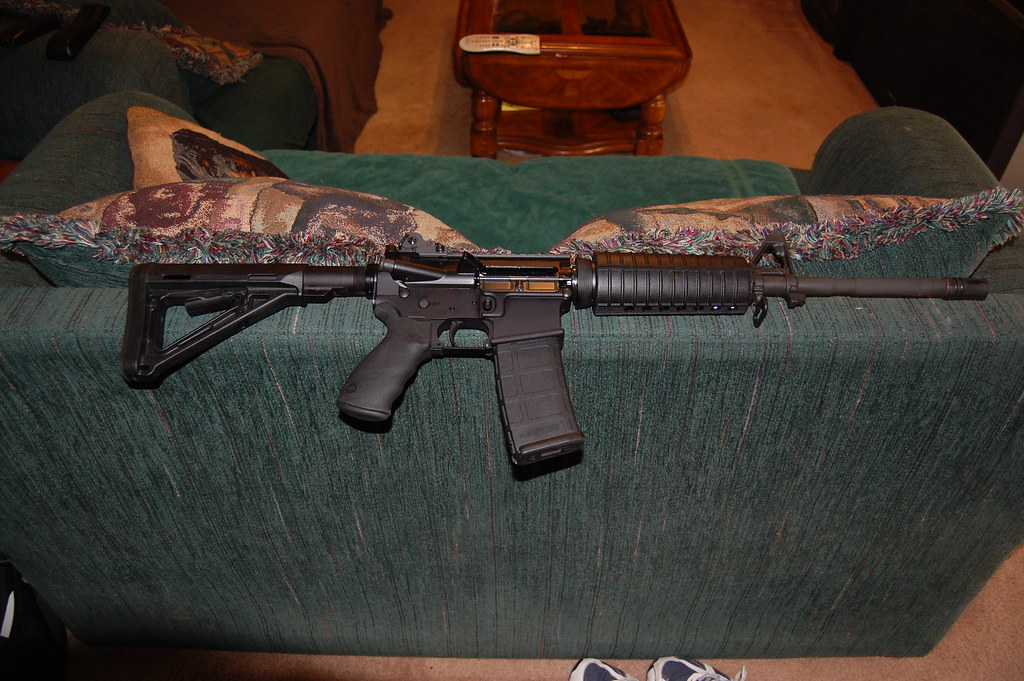
When delving into the specifics of caliber, the debate remains nuanced. The .223 caliber, standard in AR15 platforms, is available in both rifle and carbine configurations, challenging the idea that carbines are merely shortened versions of existing rifles.
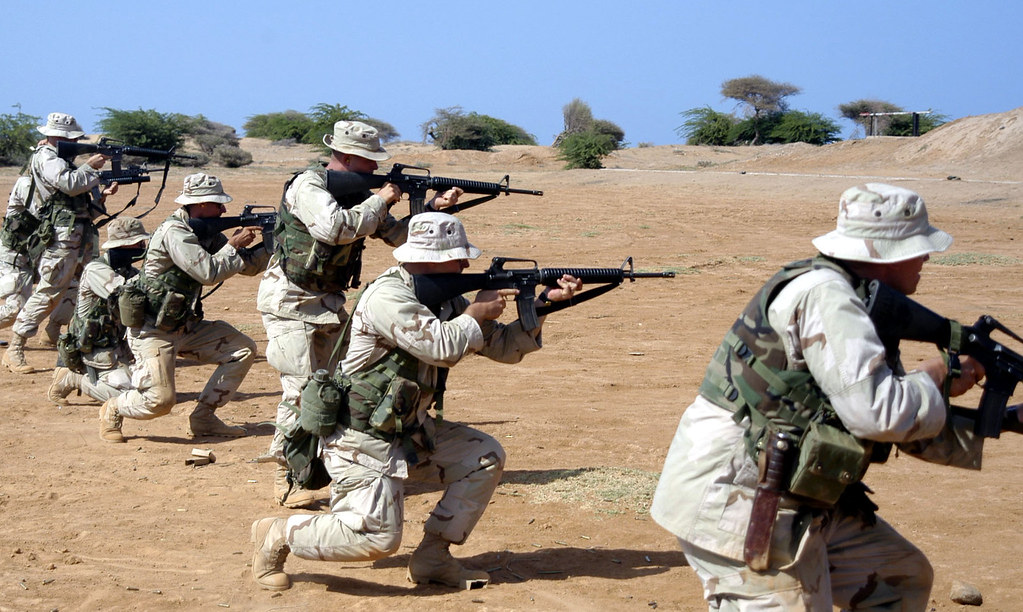
An example is the U.S. military’s distinction between the M16 rifle and the M4 carbine, both derived from the AR15 design.

Even in the civilian sector, the preference for carbines is evident, with many opting for AR15s irrespective of barrel length. The terminology, like the firearms themselves, is fluid, but the distinction remains significant, particularly where regulations come into play.
Relevant articles:
– What is a Carbine?, The Hub Gun Store
– Carbine vs Rifle: What Exactly Is the Difference?, Field & Stream
– What Is the Difference Between a Carbine and a Rifle?, EasyShot Targets
– Carbine VS Rifle: What’s The Difference?, The Armory Life

